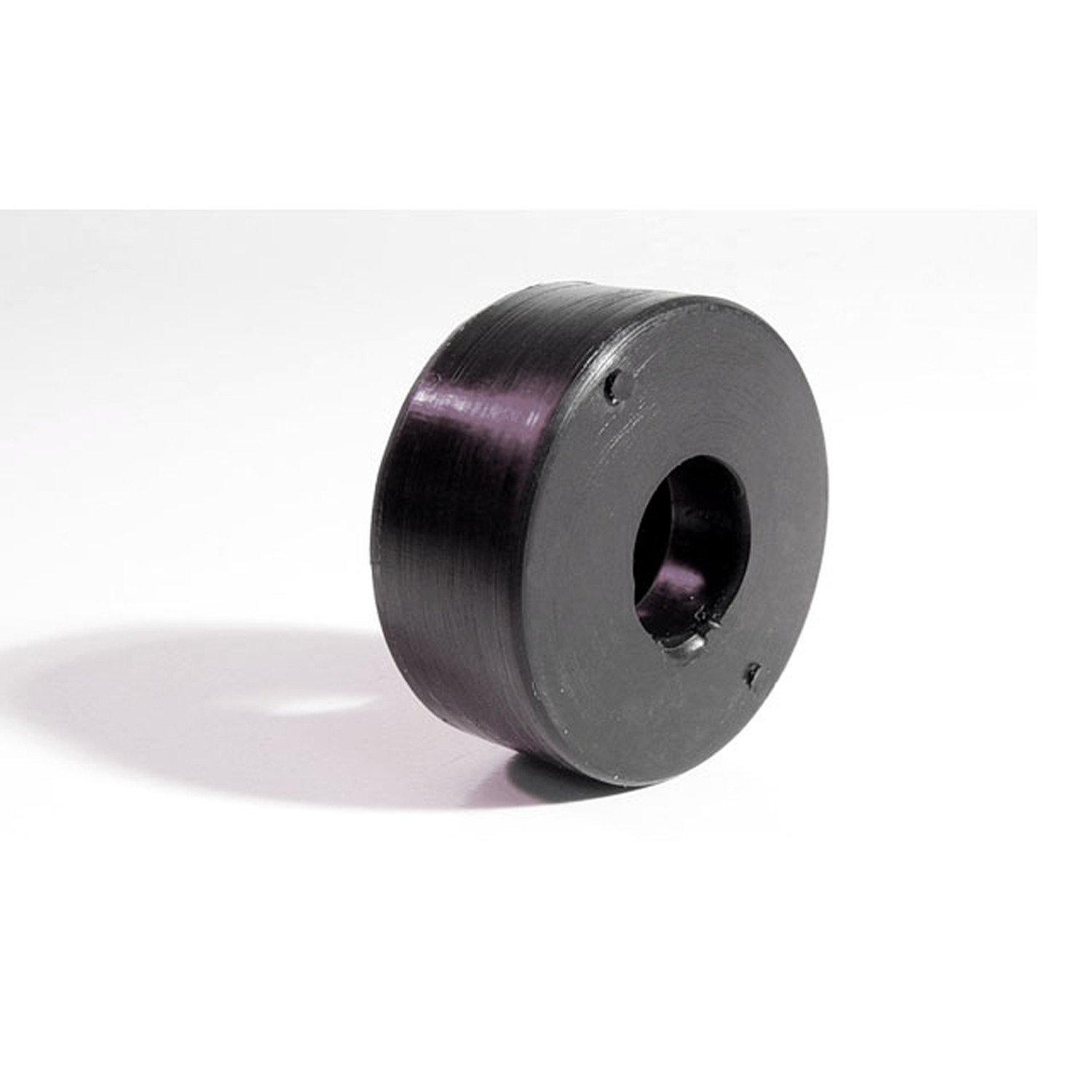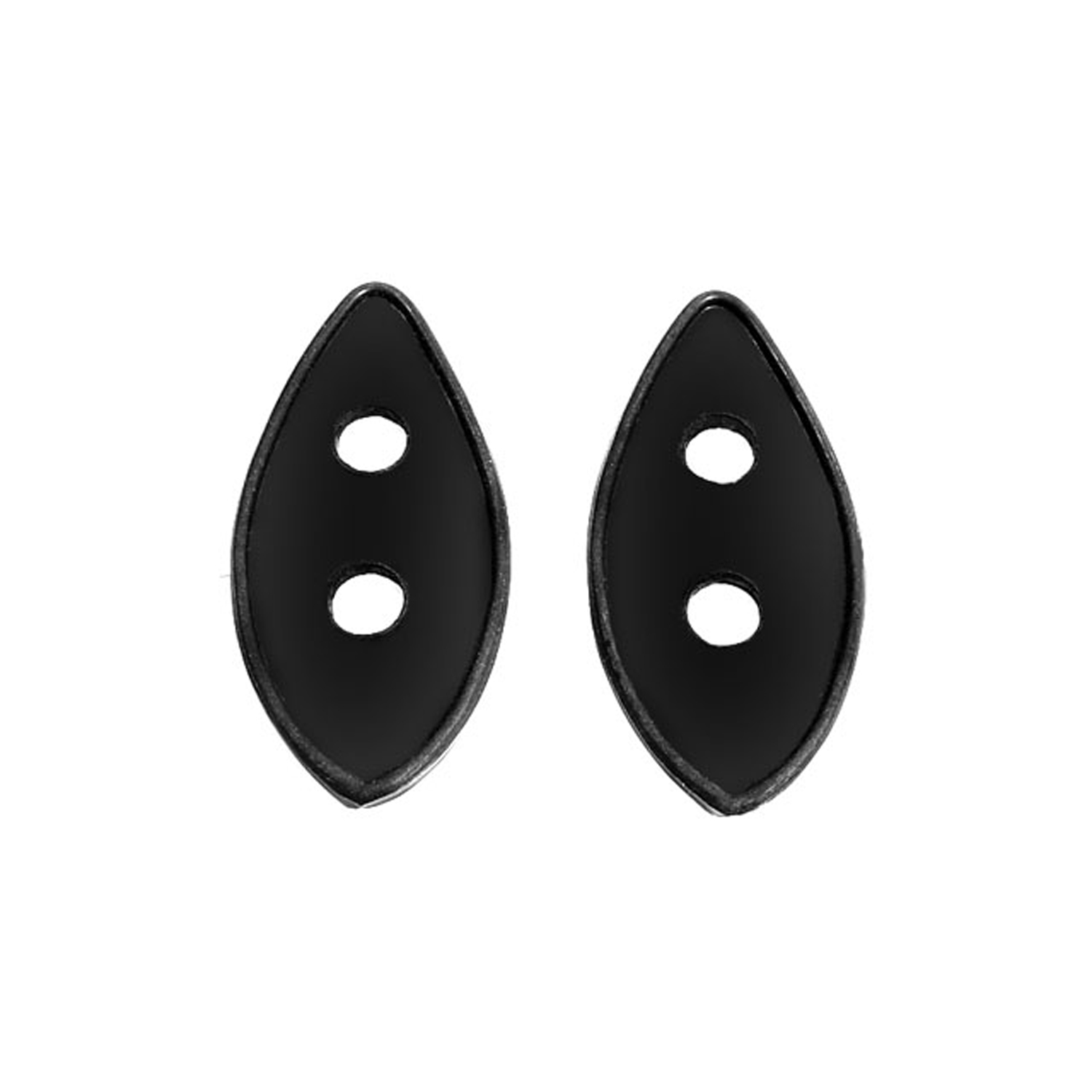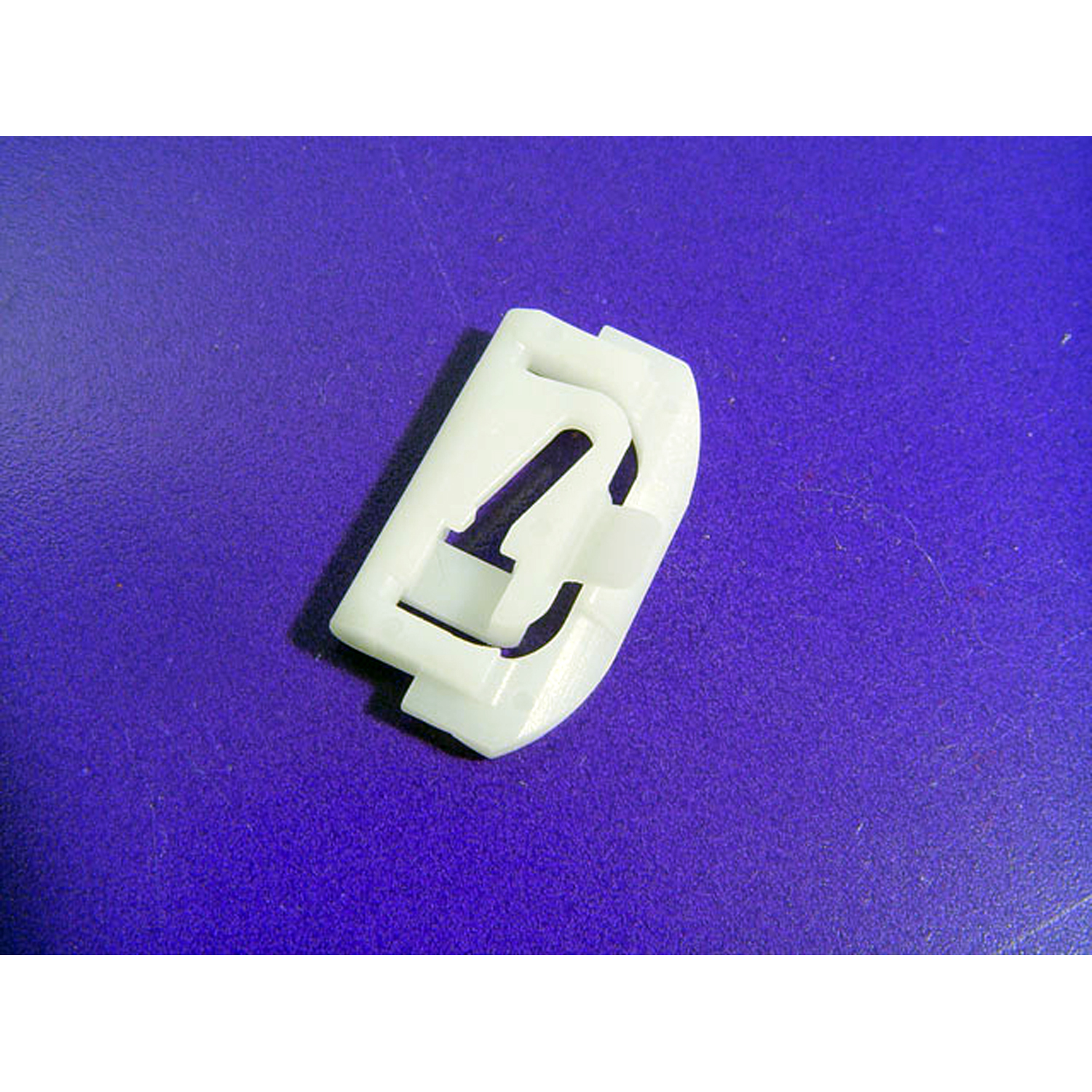Image of 1975 American Motors Pacer, Note: These illustrations use artistic license and may differ from actual historical models.
Performance Metrics
Fundamental Metrics
Emotional Appeal
MMP Rating
| Engine Specifications | |
|---|---|
| Engine Options: | Inline 6, V8 |
| Displacement Range: | 232-304 cu in |
| Horsepower Range: | 88-130 hp |
| Torque: | 145-210 lb-ft |
| Compression Ratio: | 8.0:1 - 8.4:1 |
| Ignition System: | Electronic Ignition |
| Cooling System: | Liquid-cooled |
| Performance Specifications | |
| 0-60 Time: | 12-15 seconds |
| 1/4 Mile Time: | 18-20 seconds |
| Top Speed: | 100-105 mph |
| Transmission and Drive | |
| Drive Type: | Rear-wheel drive |
| Transmission Type: | 3-speed manual, 3-speed automatic |
| Fuel and Efficiency | |
| Fuel System Type: | Carburetor |
| MPG: | 16-20 mpg |
| Dimensions and Brakes | |
| Brakes: | Front disc, rear drum |
| Wheelbase: | 100 inches |
| Weight: | 2,900-3,100 lbs |
Note: Specifications for classic cars are given to the best of our ability, considering the limited and variant data available.
1975 American Motors Pacer: A Bold Step into the Future of Compact Cars
The 1975 American Motors Pacer was not just another car; it was a statement—a bold declaration of innovation and American ingenuity. Born from the ambitious minds at American Motors Corporation (AMC), the Pacer arrived during an era of oil crises and a growing demand for smaller, more efficient vehicles. With its wide body and unique, rounded shape, the Pacer was a departure from the boxy designs of its contemporaries. It captured attention with its futuristic aesthetic and became an icon of 1970s automotive design. One notable moment in its history was its cameo in the cult classic film "Wayne's World," which cemented its place in pop culture.
Design and Innovation: The Pacer's Unique Aesthetic
The exterior of the Pacer was unlike anything on the road at the time. Its glass-heavy design offered nearly unobstructed views, earning it the nickname "the flying fishbowl." The car's width was comparable to full-size vehicles, providing ample interior space within its compact dimensions. Inside, passengers were greeted with a surprisingly spacious cabin, thanks to clever packaging and the absence of a conventional drivetrain hump. Materials ranged from basic vinyl to plush cloth, catering to various tastes and budgets. Technologically, the Pacer boasted features like rack-and-pinion steering and an isolated suspension system for improved ride quality. Color options varied from classic neutrals to vibrant hues like Mellow Yellow and Firecracker Red, with the latter being particularly popular among enthusiasts. The hatchback model with its ample cargo space became an iconic representation of the Pacer's practical yet quirky character.
Historical Significance: The Pacer's Place in Automotive History
The AMC Pacer made waves by challenging conventional automotive design norms. Its wide stance and extensive use of glass were revolutionary at a time when fuel efficiency began dictating design choices. While it may have been met with mixed reviews, its influence on promoting smaller cars in the American market cannot be understated. The Pacer's emphasis on passenger comfort and visibility would echo in future compact car designs.
Performance and Handling: Driving the 1975 AMC Pacer
Performance-wise, the 1975 AMC Pacer was modest by today's standards but adequate for its time. With engine options ranging from a 232 cubic inch inline-6 to a 304 cubic inch V8, top speeds were respectable, and acceleration from 0-60 mph could be achieved in under 13 seconds with the larger engines. Handling was one of the Pacer's strong suits; its wide track provided stability while navigating turns or enduring gusty conditions. Drivers often noted the smoothness of the ride and how well insulated they felt from road noise—attributes not commonly found in compact cars of that era.
Ownership Experience: Living with a Pacer
The AMC Pacer found its niche as an everyday driver that stood out in a sea of conformity. It was also appreciated by those who enjoyed taking their unique ride to car shows or as part of movie-themed collections. Maintenance was relatively straightforward for mechanically inclined owners, though some parts have become rarer over time. Reliability was on par with other American cars of that period; however, due to its uniqueness, some components can be harder to source today.
Fun Facts: The Quirky Side of the AMC Pacer
Beyond its silver screen fame, Pacers have been owned by celebrities like Cher and featured in various art installations due to their distinctive look. Although not known for breaking speed records, it did set a new standard for what Americans could expect from a compact car regarding space and visibility.
Collector's Information: The Market for Pacers Today
As for rarity, AMC produced approximately 280,000 Pacers between 1975 and 1980. Today, well-preserved examples can fetch anywhere from $5,000 for models in fair condition to upwards of $15,000 or more for pristine editions or those with significant provenance. As with many classic cars, prices fluctuate based on condition, originality, and market interest; however, Pacers have seen a slight uptick in value as nostalgia for '70s-era vehicles grows.
Conclusion: Embracing the Unconventional Legacy of the AMC Pacer
The 1975 AMC Pacer stands as a testament to an era when automakers were willing to take risks and push boundaries. Its distinctive design may have divided opinion but undoubtedly left an indelible mark on automotive history. Whether you view it as a quirky relic or a forward-thinking masterpiece, there is no denying that the Pacer is deserving of its cult status among classic car enthusiasts.
1975 American Motors Pacer Catalog of Parts
 1975 American Motors Pacer Hood Bumper. Each-HF 85Hood Bumper. Each
1975 American Motors Pacer Hood Bumper. Each-HF 85Hood Bumper. Each 1975 American Motors Pacer Beaded Deck Rack Mounting Pads. 1-7/16" X 3". Pair-MP 622-BBeaded Deck Rack Mounting Pads. 1-7/16" X 3". Pair
1975 American Motors Pacer Beaded Deck Rack Mounting Pads. 1-7/16" X 3". Pair-MP 622-BBeaded Deck Rack Mounting Pads. 1-7/16" X 3". Pair 1975 American Motors Pacer Lower Side Window Reveal Molding Clip. Made of nylon-WF 214Lower Side Window Reveal Molding Clip. Made of nylon. 1-1/4" x 3/4". Each
1975 American Motors Pacer Lower Side Window Reveal Molding Clip. Made of nylon-WF 214Lower Side Window Reveal Molding Clip. Made of nylon. 1-1/4" x 3/4". EachWhy Choose Metro?
For over 100 years, Metro Moulded Parts has been the pinnacle of quality in classic car restoration parts. Our commitment to precision and authenticity in every component ensures a perfect fit and an OEM-level appearance.
- Expert Craftsmanship & Quality: Each part is a testament to our dedication to reliability and perfection, crafted from original designs and thoroughly tested.
- Advanced Technology: We use cutting-edge techniques to create flawless, long-lasting parts that surpass others in performance.
- SuperSoft Sponge – The Ultimate Door Seal: Not only are our door seals 30% softer than competitors', but they're also guaranteed to never leak. They effectively reduce wind and road noise, enhancing your classic car's comfort and driving experience.
- Proudly American: Our parts are a product of American craftsmanship, made in the USA with a spirit of excellence and heritage.
- Unrivaled Warranty: We back our products with a 30-year industry-leading warranty, a testament to our confidence in their quality.
Join us in preserving the legacy of classic cars with parts that are crafted for perfection, not just made.

